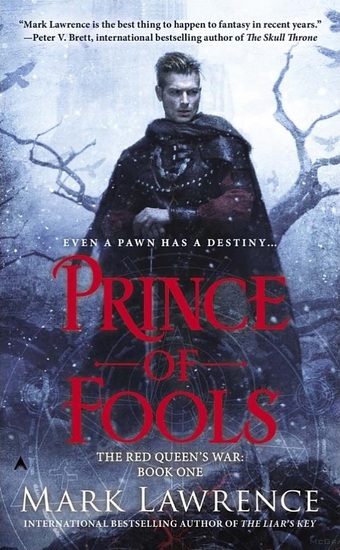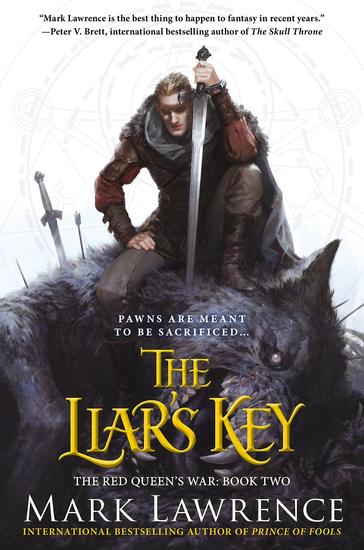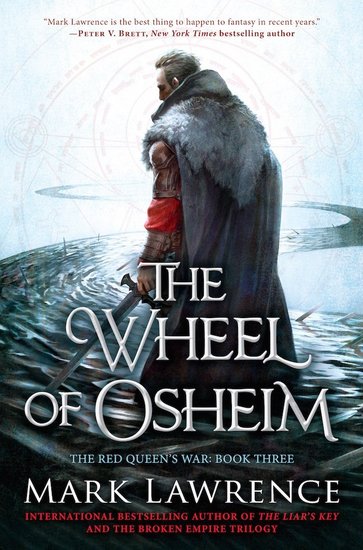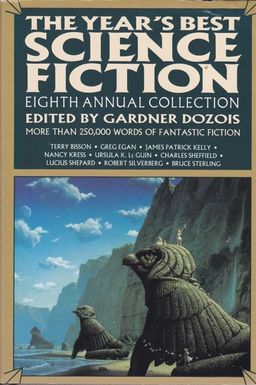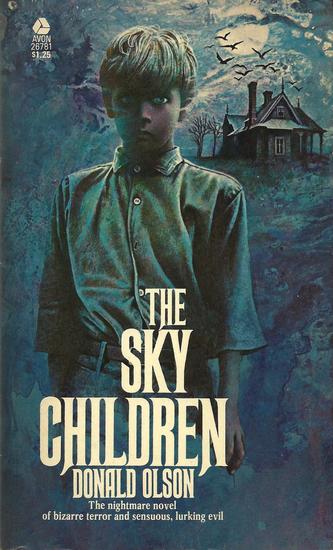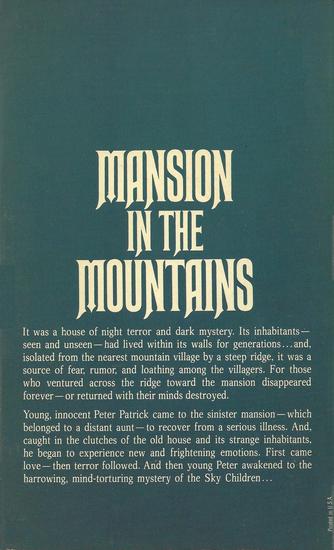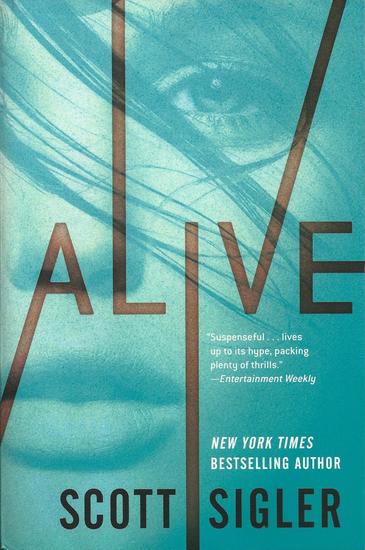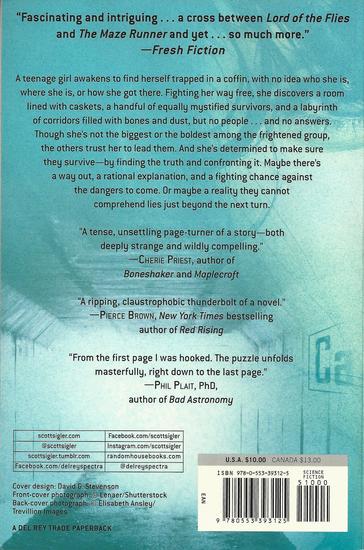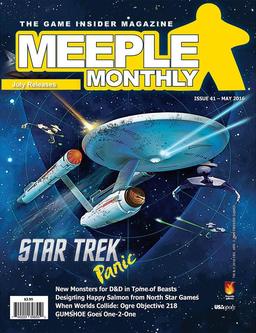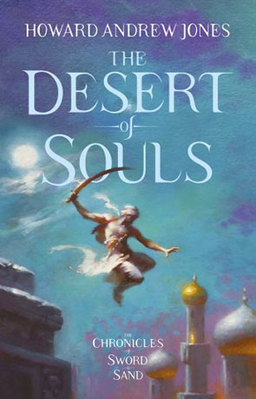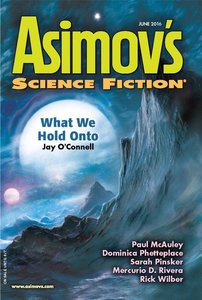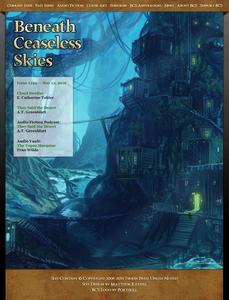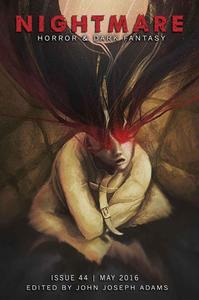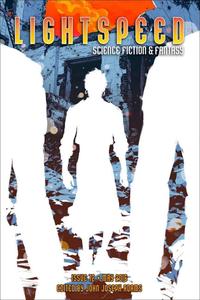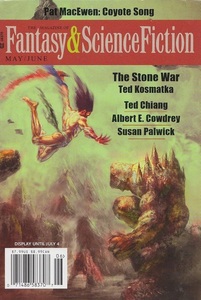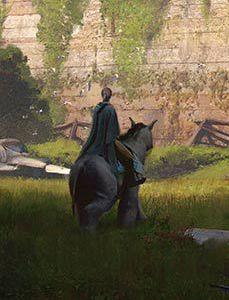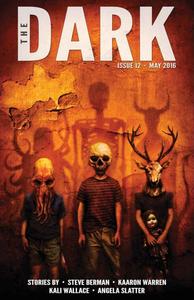A Choose Your Own Adventure Board Game: Red Raven’s Above and Below
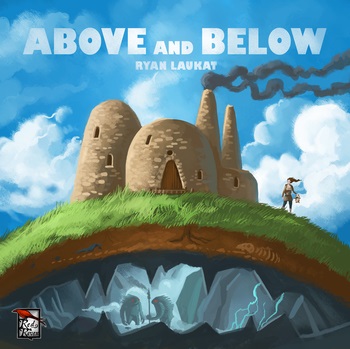 When Kickstarter first became popular, it seemed every month I was getting deluged with updates for a dozen campaigns for new board games. Many failed, of course, and more than a few never delivered. But lots of those promising projects did deliver, and the result has been some fascinating products over the last few years.
When Kickstarter first became popular, it seemed every month I was getting deluged with updates for a dozen campaigns for new board games. Many failed, of course, and more than a few never delivered. But lots of those promising projects did deliver, and the result has been some fascinating products over the last few years.
Ryan Laukat’s Above and Below is a great example. It was a Kickstarter project with a $15,000 goal, and ended funding on March 25th, 2015 with $142,148 pledged. The last few copies shipped out to the 2,553 backers in October of last year, and the game has been available to the rest of us ever since.
Above and Below is a mashup of town-building and storytelling where you and up to three friends compete to build the best village above and below ground. The game’s premise should be warmly familiar to most fantasy readers.
Your last village was ransacked by barbarians. You barely had time to pick up the baby and your favorite fishing pole before they started the burning and pillaging. You wandered over a cruel desert, braved frozen peaks, and even paddled a log across a rough sea, kicking at the sharks whenever they got too close, the baby strapped tightly to your back.
Then you found it! The perfect place to make your new home. But as soon as you had the first hut built, you discovered a vast network of caverns underground, brimming with shiny treasures, rare resources, and untold adventure. How could you limit your new village to the surface? You immediately start organizing expeditions and building houses underground as well as on the surface.
With any luck, you’ll build a village even stronger than your last — strong enough, even, to turn away the barbarians the next time they come knocking.
Players explore a massive cavern, building a new village above and below ground in what more than one reviewer has called a Choose Your Own Adventure-style board game.
